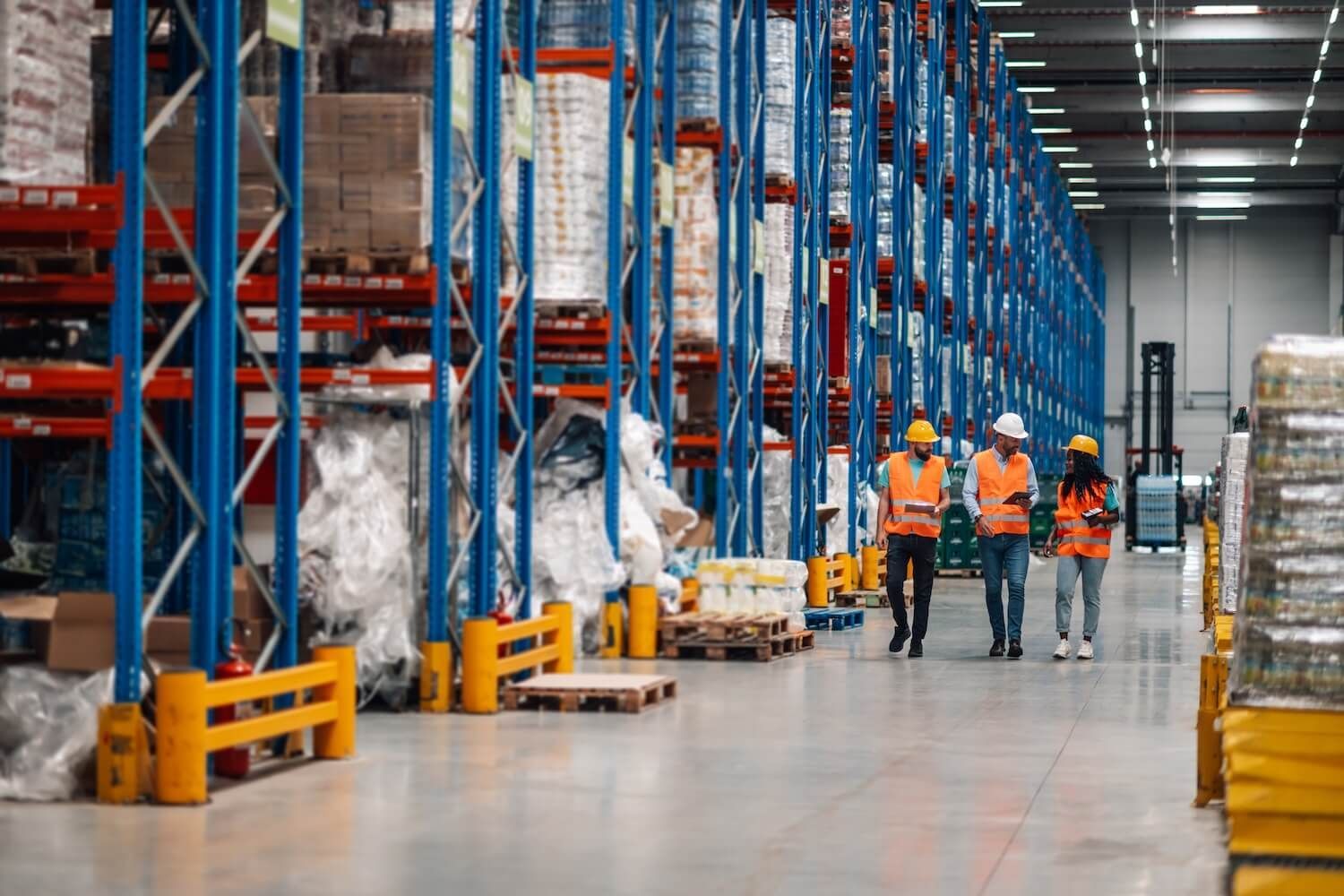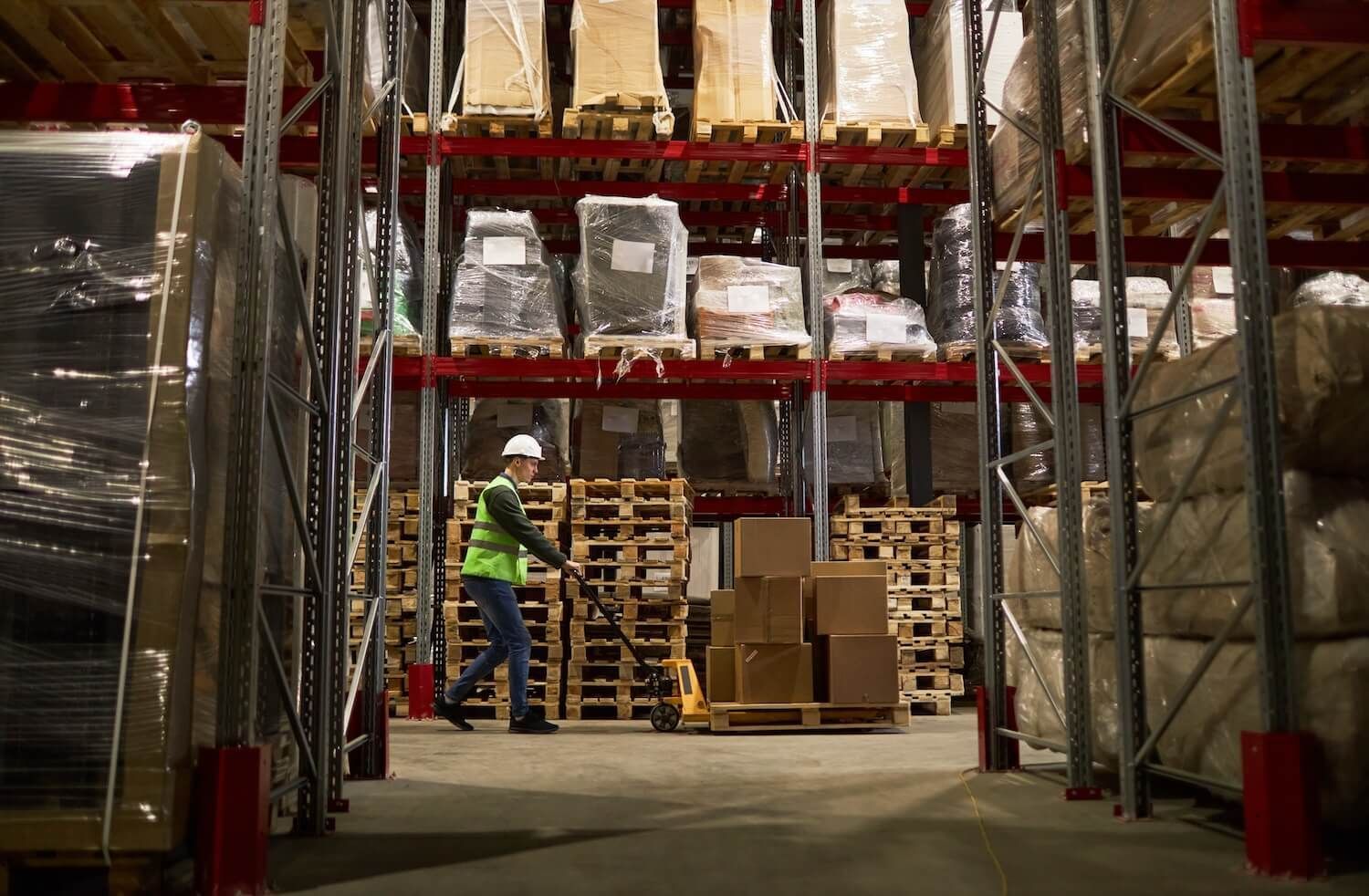Tariff Troubles? How On-Demand Warehousing Can Strengthen Stockpiling Operations

Tariff Troubles? How On-Demand Warehousing Can Strengthen Stockpiling
The intricate web of global commerce, once perceived as a relatively stable and predictable network, is now frequently buffeted by the winds of change. Geopolitical shifts, evolving trade policies, and the often-unilateral imposition of tariffs have introduced unprecedented volatility into international supply chains. Businesses that rely on the seamless flow of goods across borders are finding themselves increasingly vulnerable to disruptions, cost fluctuations, and the daunting task of maintaining operational continuity amidst this uncertainty.
The implementation of tariffs, in particular, casts a long shadow over established business models. The sudden imposition of duties on imported goods can trigger a cascade of negative consequences, from immediate increases in raw material costs and component prices to protracted negotiations with suppliers and customers, and ultimately, a squeeze on already tight profit margins. In this turbulent environment, the traditional strategies for inventory management and supply chain resilience are being rigorously tested, often found wanting in their ability to provide the necessary agility and responsiveness.
One of the most natural and often necessary reactions to the threat of tariffs is the consideration and implementation of inventory stockpiling. By building a strategic reserve of essential materials and finished goods, businesses aim to insulate themselves from immediate price hikes and potential supply shortages that can arise in the wake of tariff implementations or escalating trade disputes. This proactive approach can provide a crucial buffer, ensuring that production schedules remain intact and customer demand can continue to be met without significant disruption.
However, the decision to stockpile inventory immediately confronts businesses with a significant logistical and financial challenge: warehousing. The traditional model of long-term warehouse leases and fixed storage capacity, while perhaps suitable for periods of relative stability, often proves to be a cumbersome and costly burden when attempting to implement a dynamic stockpiling strategy in response to the unpredictable nature of tariffs.
The Inflexibility of Brick-and-Mortar: Why Traditional Warehousing Falls Short in the Tariff Era
The conventional approach to warehousing, characterized by its commitment to static infrastructure and lengthy contractual obligations, presents several inherent limitations that render it less than ideal for businesses seeking to navigate the complexities of tariff-driven inventory management:
- The Burden of Fixed Overhead: Entering into long-term warehouse leases saddles businesses with substantial fixed costs, including rent, utilities, and maintenance, regardless of their actual storage utilization. This financial commitment can become particularly onerous if the anticipated tariff impacts are short-lived or if the stockpiled inventory does not move through the supply chain as quickly as initially projected, leading to significant underutilization of expensive space.
- The Challenge of Scalability: The need for rapid expansion of warehouse capacity to accommodate a sudden influx of stockpiled goods often necessitates significant capital expenditure on new facilities or the negotiation of additional long-term leases. This process can be time-consuming and financially risky. Conversely, when the urgency for stockpiling subsides, businesses may find themselves locked into excess capacity that they no longer require, incurring unnecessary costs.
- Geographic Limitations and Strategic Impairment: Traditional warehouses are anchored to specific geographic locations, limiting a business's ability to strategically position inventory in response to evolving trade dynamics. For instance, the need to store goods closer to ports of entry to expedite customs clearance or near distribution hubs to optimize last-mile delivery may not align with the location of a company's existing warehouse infrastructure.
- The Drain on Operational Resources: Managing a dedicated warehouse facility demands significant internal resources, including personnel for receiving, storing, and managing inventory, as well as investments in security, insurance, and specialized equipment. These operational complexities can divert valuable time, capital, and human resources away from a company's core business activities, potentially impacting overall efficiency and innovation.
These inherent limitations of traditional warehousing underscore the urgent need for a more adaptable, flexible, and cost-effective solution that can empower businesses to implement strategic stockpiling initiatives with agility and confidence in the face of ever-shifting trade winds.
The Dawn of Dynamic Storage: On-Demand Warehousing as Your Agile Inventory Shield
In response to the growing need for flexible and scalable storage solutions, on-demand warehousing has emerged as a transformative force in the logistics landscape. This innovative model fundamentally redefines how businesses access and utilize warehouse space, moving away from the rigid constraints of long-term leases towards a dynamic, usage-based approach. By leveraging a vast network of available warehouse facilities, on-demand warehousing platforms enable businesses to rent precisely the amount of space they need, for precisely the duration they require, offering an unparalleled level of agility and responsiveness.
Think of on-demand warehousing as a strategic partnership that provides access to a virtually limitless pool of storage resources, allowing businesses to scale their warehousing capacity up or down in direct response to the fluctuating demands of the market, including the unpredictable impacts of tariffs. This paradigm shift offers a multitude of compelling advantages for businesses seeking to fortify their inventory stockpiling strategies in the current climate of trade uncertainty:
- Unparalleled Scalability and Flexibility: The core strength of on-demand warehousing lies in its inherent scalability. Businesses can rapidly secure additional storage space to accommodate large influxes of stockpiled inventory triggered by tariff announcements or anticipated trade policy shifts. Conversely, as the urgency for stockpiling diminishes or trade conditions stabilize, they can seamlessly reduce their rented space, avoiding the financial drain of maintaining underutilized long-term facilities. This dynamic adjustability ensures that storage costs are always aligned with actual needs.
- A Variable Cost Structure for Enhanced Financial Prudence: Unlike the fixed overhead associated with traditional warehousing, on-demand warehousing operates on a variable cost model. Businesses pay only for the space they utilize and for the specific period they need it. This pay-as-you-go approach optimizes cash flow, reduces the financial risks associated with holding large volumes of inventory, and provides greater budgetary control in an environment of economic uncertainty.
- Strategic Geographic Positioning for Optimized Logistics: Access to a geographically diverse network of warehouse locations empowers businesses to strategically position their stockpiled inventory closer to critical points in their supply chain. This could involve locating goods near ports of entry to expedite customs clearance and minimize tariff-related delays, or placing inventory closer to distribution centers to ensure efficient and timely delivery to end customers, even amidst trade-induced logistical challenges.
- Reduced Operational Complexity and Resource Allocation: By partnering with on-demand warehousing providers, businesses can often offload the operational complexities associated with managing a dedicated warehouse. Many platforms offer a suite of integrated services, including receiving, inventory management, order fulfillment, and even transportation coordination. This allows businesses to focus their internal resources on core competencies such as product development, manufacturing, and sales, leading to greater overall efficiency and productivity.
- Enhanced Supply Chain Resilience and Risk Mitigation: The distributed nature of on-demand warehousing networks contributes significantly to a more resilient supply chain. By diversifying storage locations, businesses can mitigate the risks associated with localized disruptions, such as natural disasters or regional trade bottlenecks. Furthermore, access to a wider pool of warehousing options provides a buffer against capacity constraints that might arise in specific geographic areas due to tariff-related surges in import or export activity.

Strategically Deploying On-Demand Warehousing to Fortify Your Tariff Response
In the face of ongoing trade volatility, on-demand warehousing emerges not just as a convenient storage solution but as a strategic imperative for businesses seeking to strengthen their inventory stockpiling strategies and build a more resilient supply chain:
- Agile and Proactive Response to Tariff Impositions: When new tariffs are announced or anticipated, the speed and flexibility of on-demand warehousing enable businesses to swiftly secure the necessary storage capacity to build crucial inventory buffers before price increases take effect. This proactive approach can provide a significant competitive edge, allowing companies to maintain stable pricing and secure market share while competitors scramble to absorb rising costs.
- Optimizing Inventory Placement for Tariff Mitigation: On-demand warehousing facilitates the strategic placement of stockpiled goods in locations that can minimize the negative impacts of tariffs. This might involve storing imported goods in bonded warehouses to defer duty payments or positioning inventory in free trade zones to avoid tariffs altogether until the goods are ready for final distribution.
- Cost-Effective Management of Strategic Reserves: By offering flexible and scalable storage options, on-demand warehousing allows businesses to maintain adequate levels of safety stock and strategic reserves without the prohibitive fixed costs associated with traditional warehousing. This cost-effectiveness is crucial for protecting profit margins in an environment where tariffs can significantly inflate the cost of goods.
- Building Resilience Against Trade-Related Disruptions: Stockpiling critical materials and finished goods in strategically located on-demand warehouses can provide a vital buffer against potential disruptions to traditional supply routes caused by tariffs, trade disputes, or increased border controls. This ensures a more consistent flow of goods to customers, safeguarding revenue and maintaining customer loyalty.
- Facilitating Adaptability to Evolving Sourcing Strategies: On-demand warehousing can provide a low-risk and flexible platform for businesses exploring alternative sourcing strategies in response to tariffs. Companies can utilize temporary storage near potential new suppliers or in different geographic regions to test new supply chains without committing to long-term infrastructure investments.
Charting Your Course: Integrating On-Demand Warehousing into Your Strategic Framework
Successfully integrating on-demand warehousing into your overall supply chain strategy requires a thoughtful and systematic approach. Consider the following key steps as you navigate this evolving landscape:
- Conduct a Comprehensive Tariff Vulnerability Assessment: Begin by thoroughly analyzing your supply chain to identify the specific materials, components, and finished goods that are most vulnerable to current and potential future tariffs. Quantify the potential cost implications and assess the potential for supply disruptions.
- Define Your Stockpiling Objectives and Requirements: Based on your vulnerability assessment, clearly define your stockpiling objectives. Determine the specific inventory items and quantities that need to be strategically held in reserve, taking into account factors such as lead times, demand variability, shelf life, and storage conditions.
- Evaluate and Select the Right On-Demand Warehousing Partner: Research and compare various on-demand warehousing platforms based on critical factors such as the breadth and geographic reach of their network, the transparency and competitiveness of their pricing models, the range and quality of their service offerings (including inventory management and fulfillment capabilities), and the seamlessness of their technology integration with your existing systems.
- Strategically Map Your Storage Locations: Based on your supply chain network, transportation costs, and proximity to key markets, distribution centers, or ports of entry, strategically determine the optimal locations for your on-demand warehousing needs. Consider utilizing multiple locations to enhance resilience and optimize logistics.
- Establish Clear Inventory Management and Visibility Protocols: Ensure that your chosen on-demand warehousing solution provides robust inventory management tools and real-time visibility into your stored goods. Seamless integration with your existing inventory management and ERP systems is crucial for maintaining accurate records and efficient control over your stockpiled assets.
- Develop Contingency Plans for Tariff Changes: Establish clear protocols and decision-making processes for responding to new tariff announcements or changes in trade policies. Define triggers for increasing or decreasing your stockpiled inventory levels and outline the procedures for adjusting your on-demand warehousing capacity accordingly.
Embrace the Power of Adaptability: Secure Your Supply Chain with On-Demand Warehousing
In an era defined by the unpredictable currents of global trade, the ability to adapt quickly and strategically is no longer a luxury but a fundamental requirement for business survival and success. Tariffs represent a significant and ongoing challenge, demanding innovative solutions that move beyond the limitations of traditional approaches. On-demand warehousing offers a powerful and agile alternative, empowering businesses to build resilient supply chains, mitigate the financial risks associated with tariffs, and proactively manage their inventory in a dynamic and cost-effective manner.
By embracing the flexibility, scalability, and strategic advantages of on-demand warehousing, you can transform the threat of tariff troubles into an opportunity to build a more robust, responsive, and ultimately, more competitive business. Don't let the uncertainty of global trade leave your supply chain vulnerable.
Take the first step towards a more resilient future. Explore the comprehensive suite of on-demand warehousing solutions offered by Razr Logistics and discover how our flexible and scalable network can empower you to strengthen your stockpiling strategies, navigate the complexities of tariffs confidently, and secure your supply chain for long-term success.












 by
by